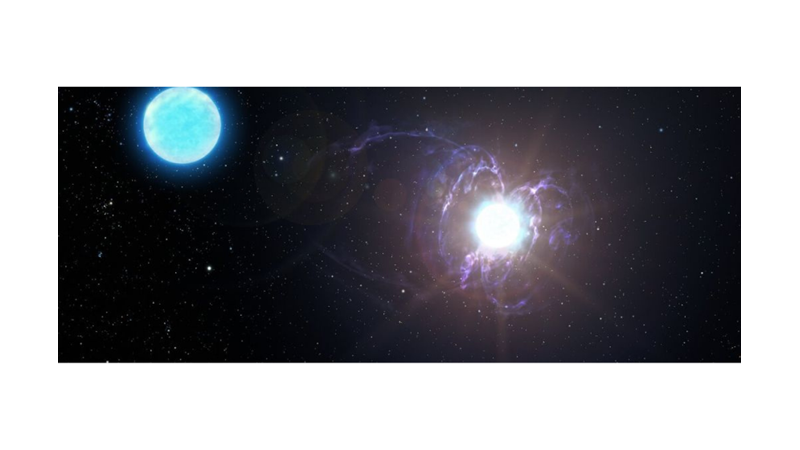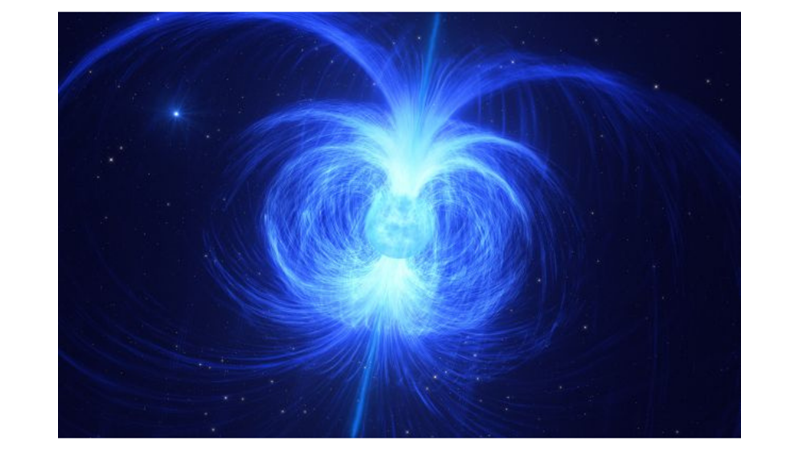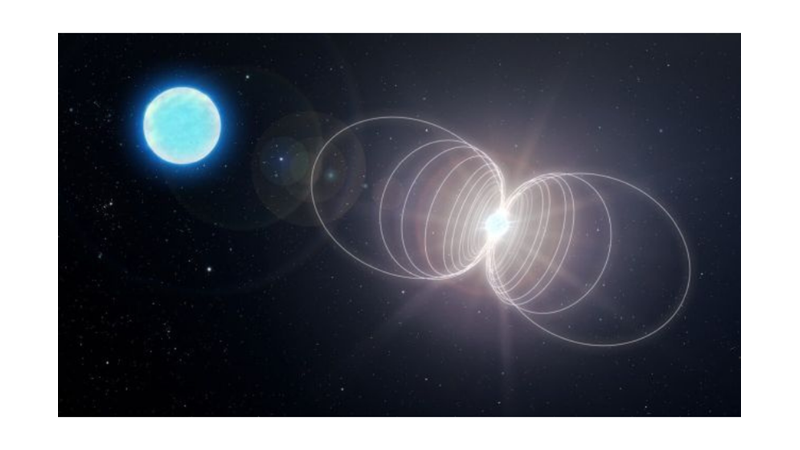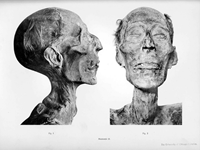The true identity of a star that has puzzled astronomers for more than 100 years has finally come to light.
HD 45166 is a dying Wolf-Rayet star about 3,000 light-years away. Like most stars in its class, it is rich in helium and has a companion. However, HD 45166 has some strange behaviour not seen in any other Wolf-Rayet star, with more mass loss than expected and an unusual pattern in its winds.
Now, a team led by astronomer Tomer Shenar from the University of Amsterdam in the Netherlands has discovered that this bizarre beast has an incredibly strong magnetic field, suggesting that it will eventually transform into something known as a magnetar when the star explodes its obstructions.
This discovery makes HD 45166 the first known magnetic Wolf-Rayet star and fills in some of the gaps in our knowledge of how massive stars become the most magnetic objects in the universe, solving problems previously associated with this binary.
Wolf-Rayet stars are rare, but they can be some of the most spectacular stars in the Milky Way, reaching the end of the atomic fuel fuelling fusion in their cores. They are very hot, very bright and very low in hydrogen, but rich in carbon and nitrogen.
They also lose mass very rapidly through stellar winds and are destined to go supernova in a relatively short period of cosmic time. Sending their outer material into space, their cores rapidly collapse into a neutron star: An ultra-dense object only 20 kilometres across, with a mass 2.4 times that of the Sun.
Magnetars are also a type of neutron star, but they have absolutely mind-boggling magnetic fields, about 1,000 times stronger than those of a normal neutron star and a quadrillion times stronger than Earth's.
How they got that way is unknown; models suggest that one way could be that the star already had a magnetic field before the supernova and core collapse. The problem with this is that no star has ever been detected with a strong enough magnetic field at the end of its lifetime.
Which brings us back to HD 45166. The duo's previous measurements revealed that the Wolf-Rayet star is helium-rich, about 4 times the mass of the Sun, and in a tight 1.6-day orbit with a B-type star. But these characteristics contradict what we know about the evolution of double stars and how stellar winds are ejected.
"This star has become a bit of an obsession for me," says Shenar. "I remember having a Eureka moment while reading the literature: 'What if the star is magnetic?"
So, Shenar and his colleagues looked for evidence of a magnetic field by making a new set of observations of the star. They found it, along with a new set of measurements that almost completely re-characterised the binary.
First, HD 45166 has a magnetic field strength of 43,000 gauss - the strongest ever recorded in a massive star.
Second, the star is much less massive than we thought - only about twice the mass of the Sun.
Finally, the orbital period of the binary is much larger, roughly 8,200 days. The previously detected period of 1.6 days is the result of internal oscillations in the B-type companion star.
It is not known how the Wolf-Rayet star got to its current state; the team believes it may have formed from the merger of two small stars. This seems to be a highly specific and probably rare scenario, so there are probably other ways of magnetar evolution.
As for where it's going, in just a few million years HD 45166 is expected to go supernova. The collapsing core will contract and condense around the magnetic field, resulting in a magnetar with a field strength of about 100 trillion gauss.
We may not be able to see it, but this discovery gives us a new tool for understanding magnetar formation and a basis for searching for similar systems in the Universe.
"It's exciting to uncover a new kind of astronomical object," says Shenar: "Especially if it's been hiding in plain sight all along."
Source: https://www.sciencealert.com/


 Nielawore
Nielawore











Yorum yazmak için lütfen giriş yapınız